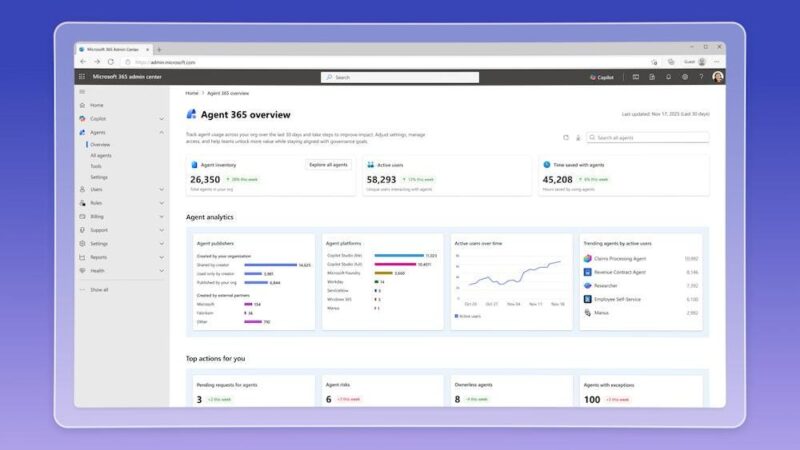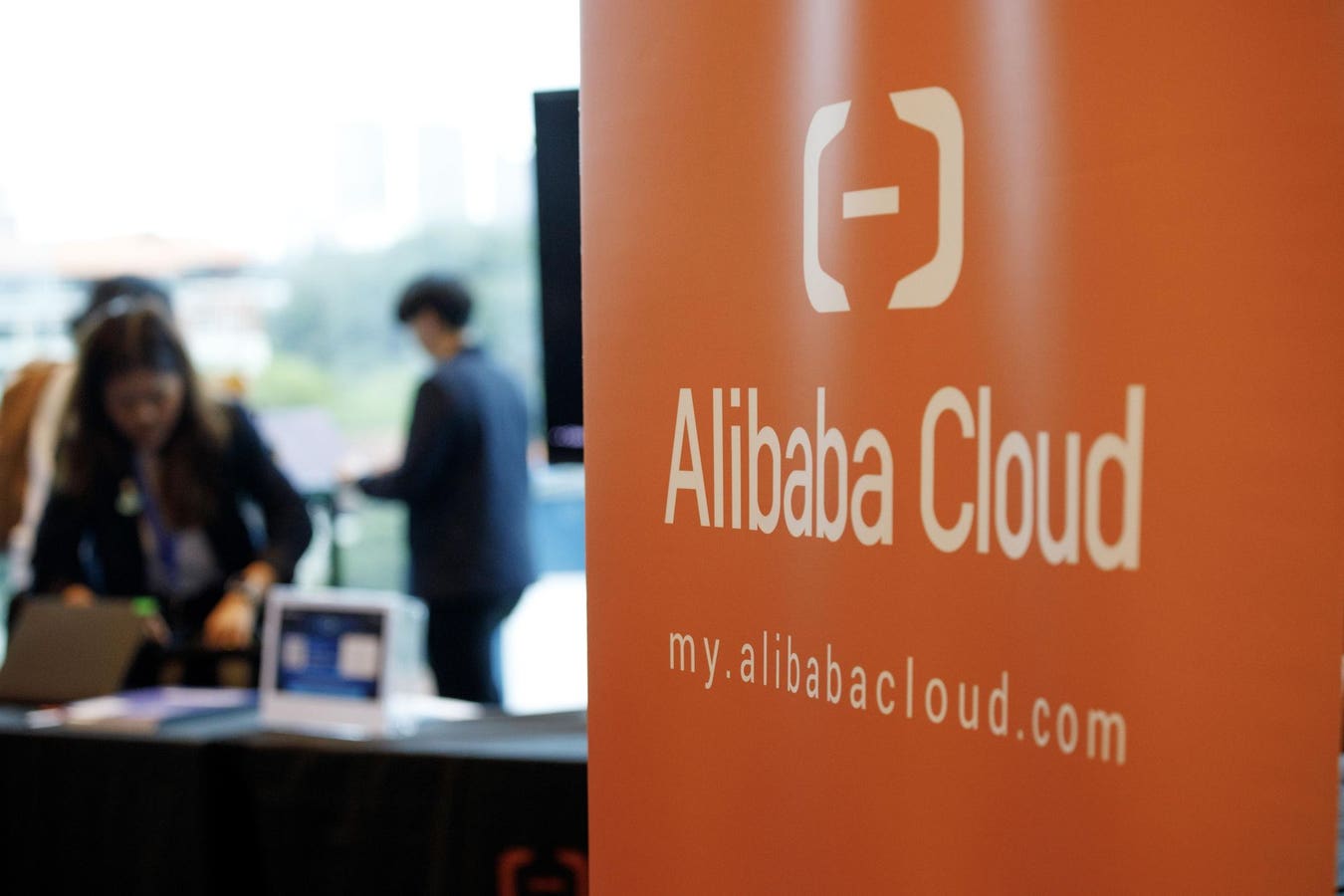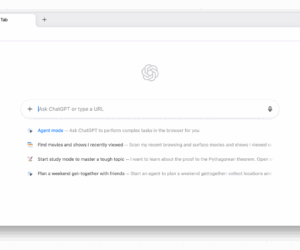Microsoft Agent 365
Microsoft
Microsoft positioned agent governance as an infrastructure challenge rather than an innovation problem at Ignite 2025. It launched Agent 365, a platform that addresses a fundamental operational gap for organizations building agents with Copilot Studio, SharePoint and third-party frameworks.
Agent 365 extends the same identity and access management principles that govern human employees to digital agents, treating them as managed entities within existing Microsoft Entra, Purview and Defender infrastructure. The approach reflects broader enterprise concerns about agent sprawl, where teams deploy autonomous systems without coordination, creating duplicated workflows, untracked resource consumption and fragmented security policies. Microsoft is positioning Agent 365 as the control plane of agents deployed within an organization.
Five Capabilities Form Agent 365 Governance Framework
Agent 365 organizes governance around five technical capabilities that extend existing Microsoft 365 administrative tools to agent management.
1) The registry function provides a centralized inventory of all agents operating within an organization, including those created through Microsoft platforms, open-source frameworks like LangChain, OpenAI and third-party systems from Adobe, ServiceNow and SAP. This registry uses telemetry data to identify both intentionally deployed agents and shadow agents operating without formal approval.
2) Access control assigns each agent a unique identity through Microsoft Entra Agent ID, enabling administrators to apply conditional access policies based on real-time context such as the resources an agent attempts to access, the time of access and the risk level associated with the request. Organizations can enforce least-privilege access by limiting agents to only the specific resources required for their defined tasks, preventing privilege escalation scenarios where compromised agents could access sensitive systems.
3) Visualization delivers unified dashboards that map connections between agents, human users and organizational data. These dashboards provide real-time monitoring of agent behavior, resource consumption and performance metrics, allowing technology leaders to assess return on investment and identify underperforming or redundant agents before they accumulate costs. The platform includes detailed logging and audit trails that support compliance requirements and enable investigations when agents produce unexpected outputs or trigger security alerts.
4) Interoperability enables agents to access Work IQ, Microsoft’s intelligence layer that aggregates organizational context from Microsoft 365 applications including email, calendar data, Teams conversations and document repositories. This capability allows custom agents built in Copilot Studio or through the Agent 365 SDK to leverage the same contextual information available to Microsoft-native agents while respecting existing permission structures, sensitivity labels and data loss prevention policies.
5) Security integrates Microsoft Defender threat protection, Entra identity controls and Purview data governance specifically tuned for agent-related risks. The platform detects misconfigurations that could expose sensitive data, blocks unauthorized access attempts in real time and provides security teams with visibility into the complete attack chain when agents are targeted or compromised.
Agent Governance Addresses Operational Blind Spots
The technical implementation responds to specific enterprise challenges identified during early agent deployments. Organizations report losing track of agents after the original creator leaves the company, resulting in orphaned systems that continue consuming resources and accessing data without assigned ownership or oversight. Agent 365 requires designated sponsors for each agent identity, establishing accountability throughout the lifecycle from deployment to decommissioning.
Data exposure represents another operational risk when agents connect to enterprise systems without properly configured permissions. Agents that access customer relationship management data, financial records or proprietary research can inadvertently share regulated information in responses to user queries, potentially violating industry compliance requirements under frameworks such as the General Data Protection Regulation or Health Insurance Portability and Accountability Act. The platform addresses this through granular permission controls and continuous monitoring of agent-to-data interactions.
Cost management emerges as agents scale across organizations, particularly under consumption-based pricing models where each agent interaction generates metered charges. Without centralized visibility, departments may build functionally identical agents for similar tasks, duplicating both development effort and ongoing operational expenses. Agent 365’s registry and analytics functions help identify these redundancies before they accumulate substantial costs.
Implementation Requires Architectural Decisions
Organizations adopting Agent 365 must address several technical and organizational considerations that extend beyond platform activation. Establishing governance frameworks requires defining agent ownership models, setting risk-based autonomy levels and creating processes for agent lifecycle management from approval through retirement. These frameworks operate most effectively when supported by cross-functional teams that include identity practitioners, security specialists and business process owners who understand how agents integrate with operational workflows.
Security teams should evaluate agent-specific vulnerabilities including prompt injection attacks that manipulate agent behavior through maliciously crafted inputs, zero-click exploits that compromise agents without user interaction and credential theft targeting agent identities. Traditional security tools designed for human user behavior may not detect agent-generated threats, requiring specialized monitoring approaches and updated incident response procedures.
Pricing clarity remains limited as Microsoft has not published detailed agent licensing structures beyond the 30-dollar-per-user monthly cost for Microsoft 365 Copilot, which includes access to Agent 365 through the Frontier early access program. Organizations should establish cost forecasting models that account for metered agent interactions, particularly as autonomous agents can generate recursive calls that accumulate charges without human oversight.
The platform availability through Frontier creates a phased rollout where enterprise customers with Microsoft 365 Copilot licenses can access Agent 365 features before general release. This early access enables organizations to test governance capabilities against existing agent deployments and provide feedback that shapes production features, though it also means implementation experiences may vary as Microsoft refines the platform.
Agent governance represents an infrastructure requirement rather than an optional enhancement as organizations scale autonomous systems across operations. Agent 365 extends proven identity and access management principles to digital agents, providing technology leaders with visibility and control mechanisms comparable to those applied to human workforce management.
The critical question for executives evaluating this approach centers on whether Microsoft’s integrated governance model aligns with their existing technology architecture and organizational readiness to manage autonomous systems at enterprise scale.









